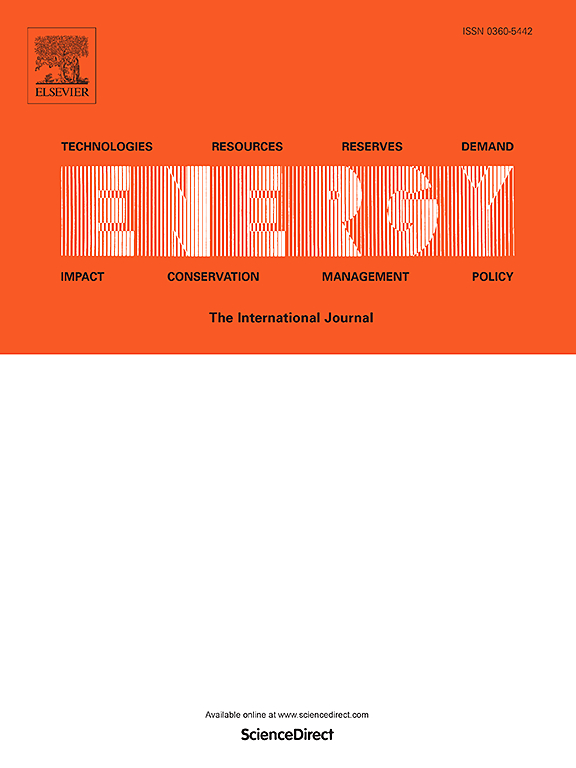Evaluation of multi-mode shared combustor with different flame holder designs for an innovative turbo-ramjet combined cycle engine
IF 9
1区 工程技术
Q1 ENERGY & FUELS
引用次数: 0
Abstract
Air-breathing combined cycle propulsion is critical for realizing sustained long range hypersonic flying. Indexes like combustion efficiency and total pressure recovery are commonly employed in combustor design evaluations. However, the opposite trends encountered making these indexes occasionally falls short to effectively guide the design trade-offs of combustor concerning the complicated full-envelope combustion organization requirements of combined-cycle engine like FABRE. On account of this, in current study a system-level design evaluation method for FABRE multi-modal combustor is developed through integrating of combustor numerical simulations with engine performance assessment model. The method is then applied to evaluate a combustor designed with three representative flame holder schemes. Results show that the scheme without intermediate strut assembly and with half invasion depth strut assembly delivers superior performance in ramjet mode at Mach 3–4 and 5–6 respectively. The scheme with full length intermediate strut assembly nevertheless shows significant performance advantage in turbocharged mode. Considering each of the scheme evaluated possesses distinct advantage over some specified operation range, an adaptable scheme with a retractable intermediate strut assembly is identified as the optimal solution for FABRE wide-operating-range multi-modal shared combustor. This study may be helpful to provide some crucial guidance for the design of complex combustion systems.
求助全文
约1分钟内获得全文
求助全文
来源期刊

Energy
工程技术-能源与燃料
CiteScore
15.30
自引率
14.40%
发文量
0
审稿时长
14.2 weeks
期刊介绍:
Energy is a multidisciplinary, international journal that publishes research and analysis in the field of energy engineering. Our aim is to become a leading peer-reviewed platform and a trusted source of information for energy-related topics.
The journal covers a range of areas including mechanical engineering, thermal sciences, and energy analysis. We are particularly interested in research on energy modelling, prediction, integrated energy systems, planning, and management.
Additionally, we welcome papers on energy conservation, efficiency, biomass and bioenergy, renewable energy, electricity supply and demand, energy storage, buildings, and economic and policy issues. These topics should align with our broader multidisciplinary focus.
 求助内容:
求助内容: 应助结果提醒方式:
应助结果提醒方式:


